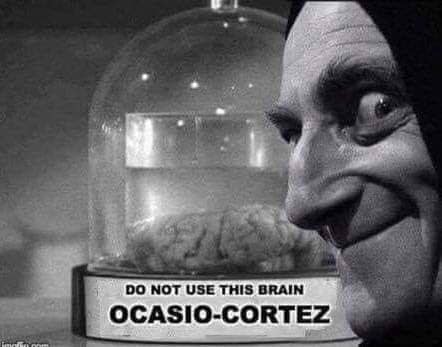Tag: Brains
What Causes Hallucinations?
From TED-Ed:
A condition called Charles Bonnet Syndrome can cause blind patients to hallucinate scenes in vivid color. fMRI studies show that these hallucinations activate the same brain areas as sight — areas that are not activated by imagination. Other hallucinations also involve the same brain areas as real sensory experiences. What’s going on? Elizabeth Cox details the science of hallucinations.
Teenage Brains Can’t Tell What’s Important And What Isn’t
This is why it is important that kids experience failure and consequences for their lack of action… instead of participation trophies.
People have to learn how to apply themselves in order to be successful.
From New Scientist:
Teenagers may know full well how important final exams are – but that won’t stop some putting in minimal effort. This may be because their brains aren’t developed enough to properly assess how high the stakes are, and adapt their behaviour accordingly.
Adults are generally pretty good at being able to tell when a situation is worthy of extra time or concentration. Research has found that, when potential rewards or losses are higher, for example, adults will perform better on tasks. But this doesn’t seem to be the case for adolescents.
Catherine Insel, at Harvard University, and her team asked adolescents between the ages of 13 and 20 to play a game while lying in an fMRI brain scanner. In some rounds of the game, participants could earn 20 cents for a correct response, while an incorrect one would cost them 10 cents. But in rounds with higher stakes, correct responses were worth a dollar, and wrong answers lost the participants 50 cents.


